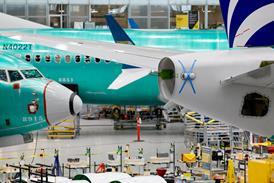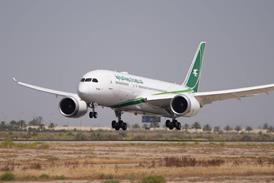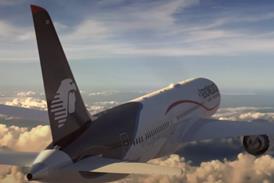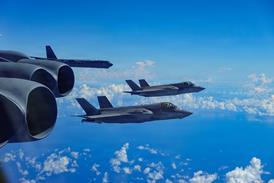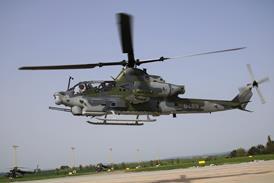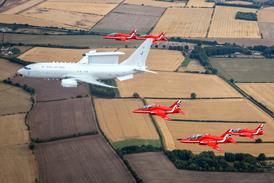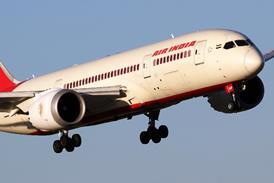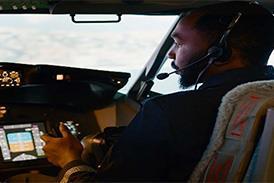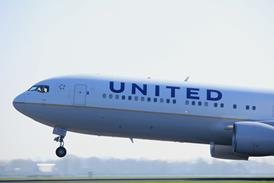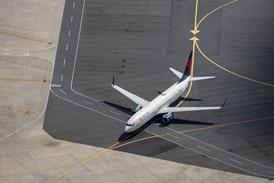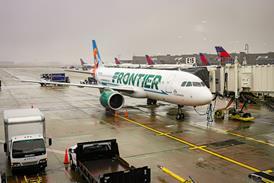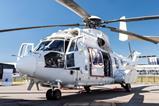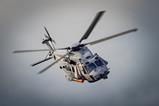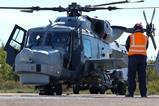Baykar Technologies’ Kizilelma unmanned combat air vehicle has been flown for the first time with an active electronically scanned array (AESA) radar installed, and also has successfully trialled the release of two Turkish-developed air-to-surface weapons.
Announcing the AESA-testing milestone on 21 October, Aselsan – the Murad 100-A radar’s developer – hailed it as demonstrating “game-changing capabilities, enabling simultaneous multi-target detection, tracking, and missile guidance”.
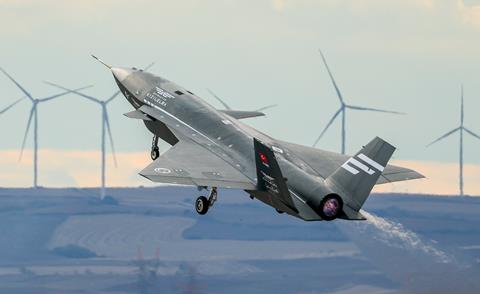
“Combining these engagement capabilities with beyond-visual-range missile guidance, Murad 100-A is a critical system for modern aerial combat, enhancing the effectiveness of both manned and unmanned aircraft,” it adds.
Aselsan notes that the AESA system also has previously been integrated with Baykar’s Akinci uncrewed air vehicle. A first sortie involving the combination was conducted in February 2025, “followed by multiple test flights validating its radar functions”.
Also designed for use with Lockheed Martin F-16 and Turkish Aerospace Kaan fighters, the Murad 100-A provides “precise and reliable performance in both air-to-air and air-to-ground scenarios”, its developer states, while touting its “adaptability to different aerial platforms and readiness for operational deployment”.
Meanwhile, Baykar on 8 October announced that its Kizilelma vehicle had deployed Aselsan Tolun and Roketsan Teber-82 guided munitions for the first time during flight testing. Both weapons struck and destroyed their intended targets, it says.
“The test process of the national unmanned fighter aircraft is progressing successfully in line with the planned schedule,” the airframer says. Serial production has already been launched, with the type due to be delivered from 2026.


